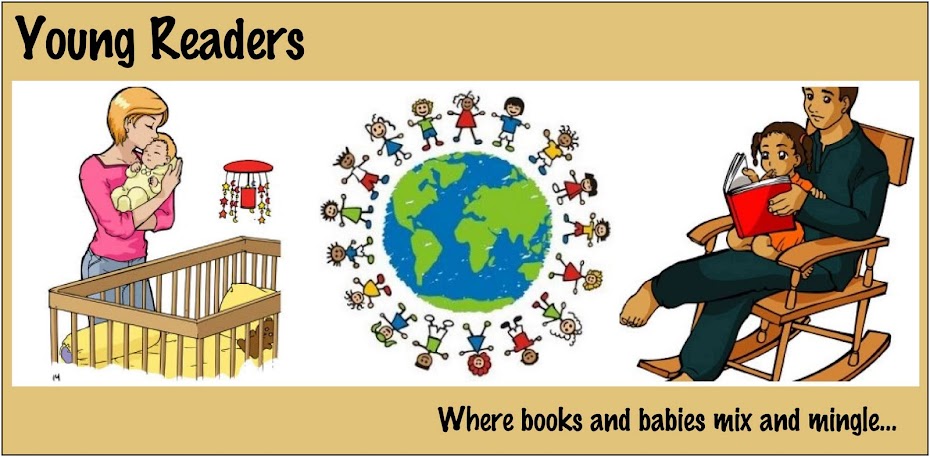Nazi Prison Camp Escape (Great Escapes #1) Michael Burgan. Illustrated by James Bernardin. 2020. 128 pages. [Source: Library]
First sentence: On a summer morning in 1942, Bill Ash joined the other prisoners trudging across the sandy ground toward a small concrete building. The men were being held at a German prisoner of war (POW) camp called Stalag Luft III.
Premise/plot: Nazi Prsion Camp Escape is the first in a new series called Great Escapes. Each book, I believe, will be a stand alone, but all books will feature...'a great escape.' This first book stars real life RAF (Royal Air Force) pilot, Bill Ash. (This American--like some others--joined the War before the United States and volunteered their services to the Allies.) After his plane went down, he was captured and sent to a Prisoner of War Camp. This book doesn't feature one "great escape." But multiple maybe-not-so-great escapes. He was good at escaping, maybe not so great at avoiding capture afterwards. Regardless, the book contains his adventures/misadventures in a war-torn Europe.
My thoughts: The book is too fiction-y to be purely nonfiction. And it is too non-fiction-y to be purely fiction. It is packed with facts. For the right reader, those facts are fascinating. You might even find readers say more please. For the wrong reader, well, those facts might come across as "dry" or "boring." Though the plot is action-packed, so there's that. Still, you can't deny that the text is full of info-dumps. Again, to the right reader these facts are interesting/fascinating. The info dumps are mostly necessary in my opinion. Especially with the audience of the target reader. You need background information for context, context, context. You can hardly talk about the Second World War without explaining all these layers.
It has been pushed--in the jacket copy at the very least--as being for fans of the I Survived series. Is this fair? Yes. No. Maybe. See, it depends on if you are talking about narrative style/approach OR if you are talking about subject--big events from history.
There are obviously differences. The I Survived stories are very fiction-y. They feature young protagonists. There's almost always inserted back story that has very little to do with the actual I Survived event. (Like in the Blizzard book, there was a flashback to him encountering a snake.) The chapters are written in such a way to keep you turning pages.
I haven't read the others in the series. But this one is mostly nonfiction. It is packed with information. It is written in a more engaging/appealing style than a history text book. But it isn't necessarily a page-turner UNLESS (and this is key) history is one of the things that excites you. For some readers, history is EXCITING and FUN. I know that is a novel thought. But some people actually enjoy it.
If you read I Survived because you have an interest in HISTORY and the BIG EVENT in the story, then, yes, this series might appeal.
© 2022 Becky Laney of Young Readers

















